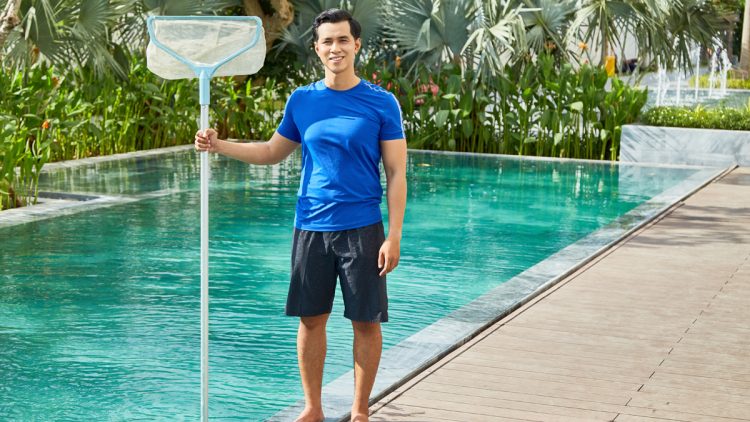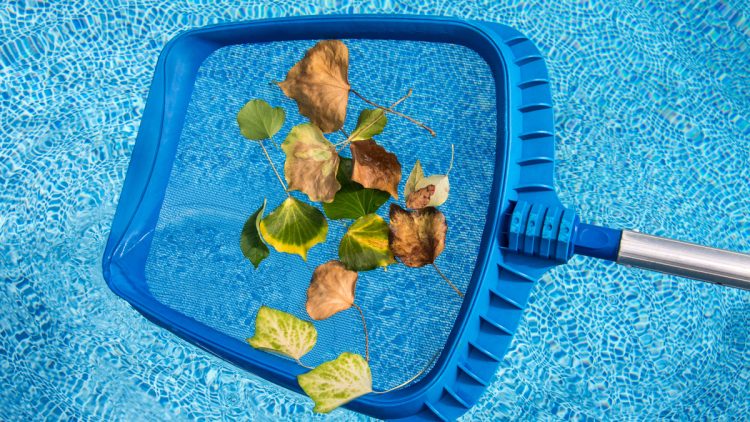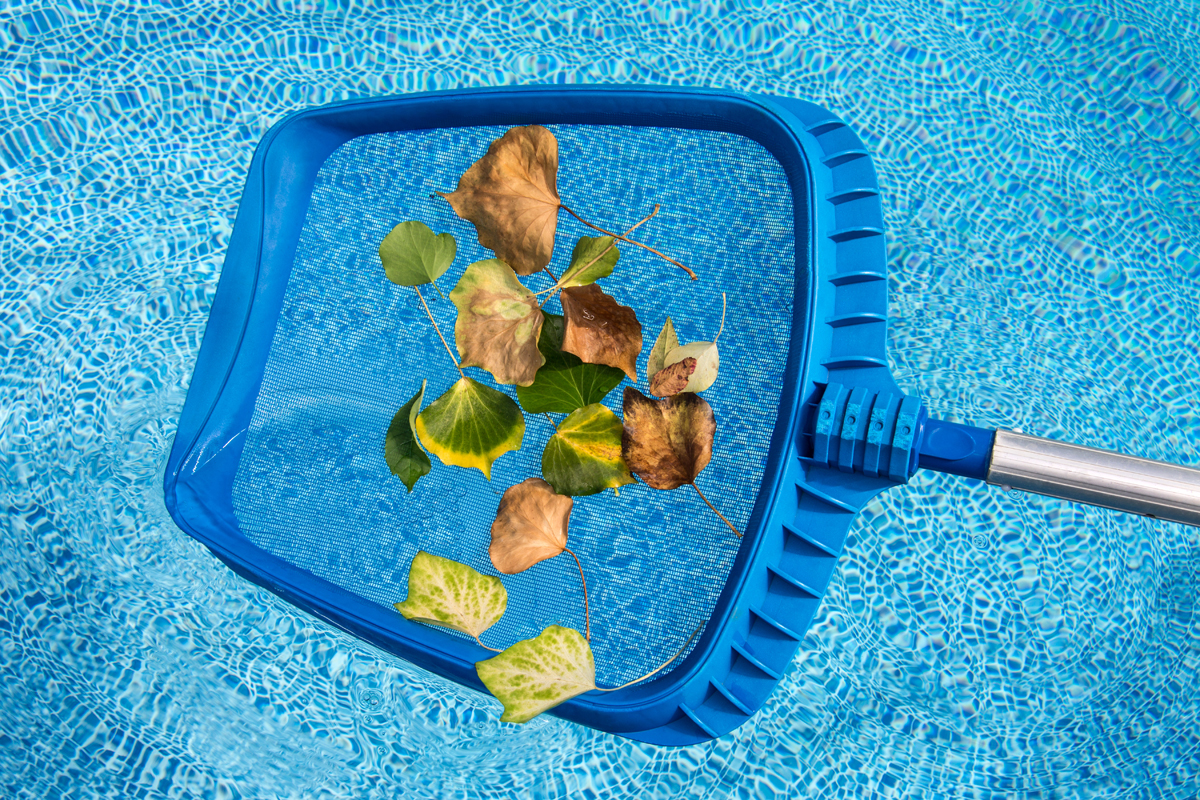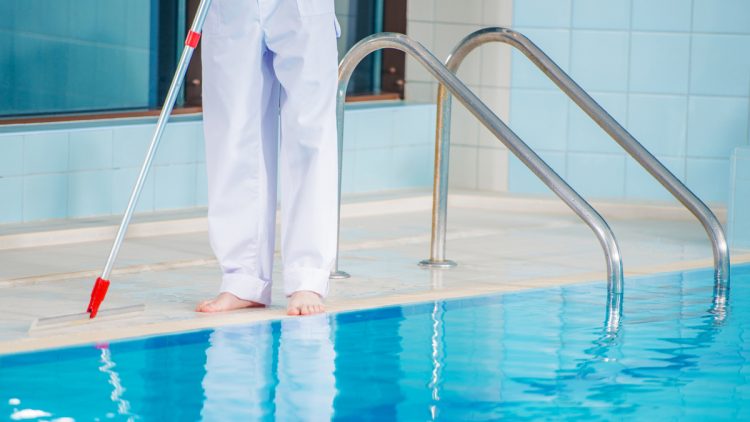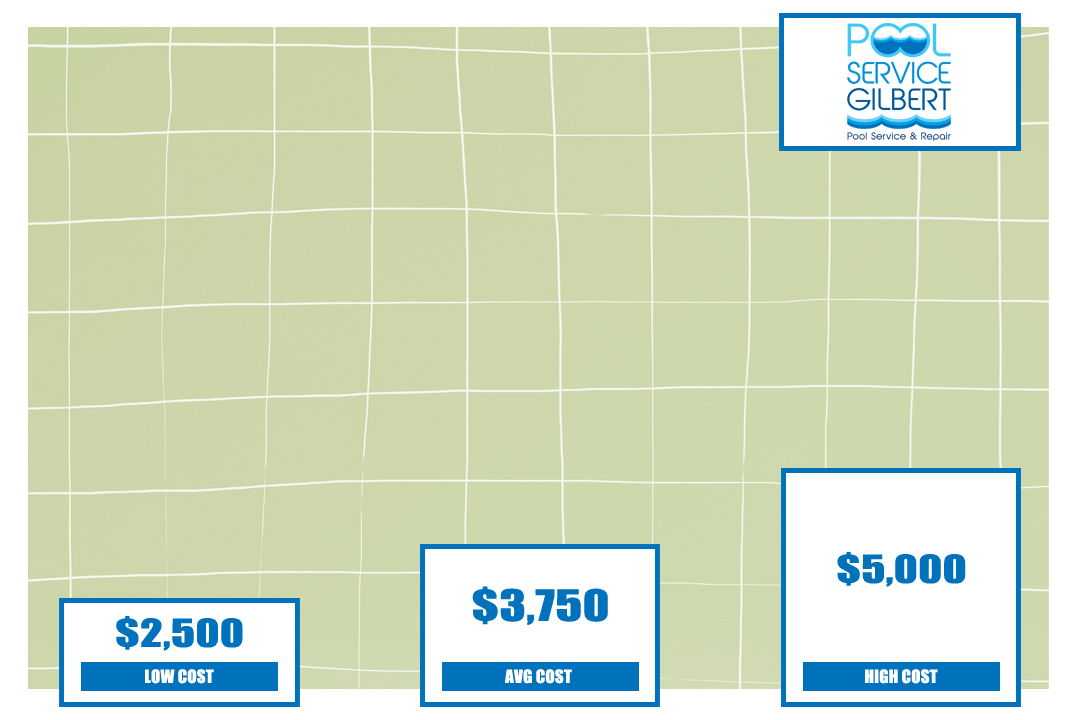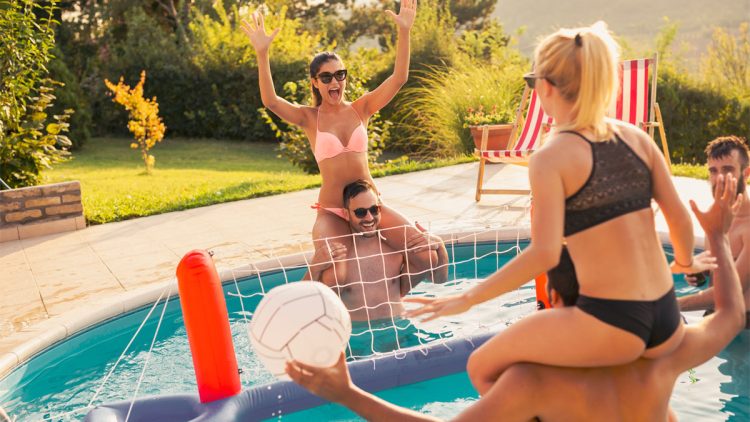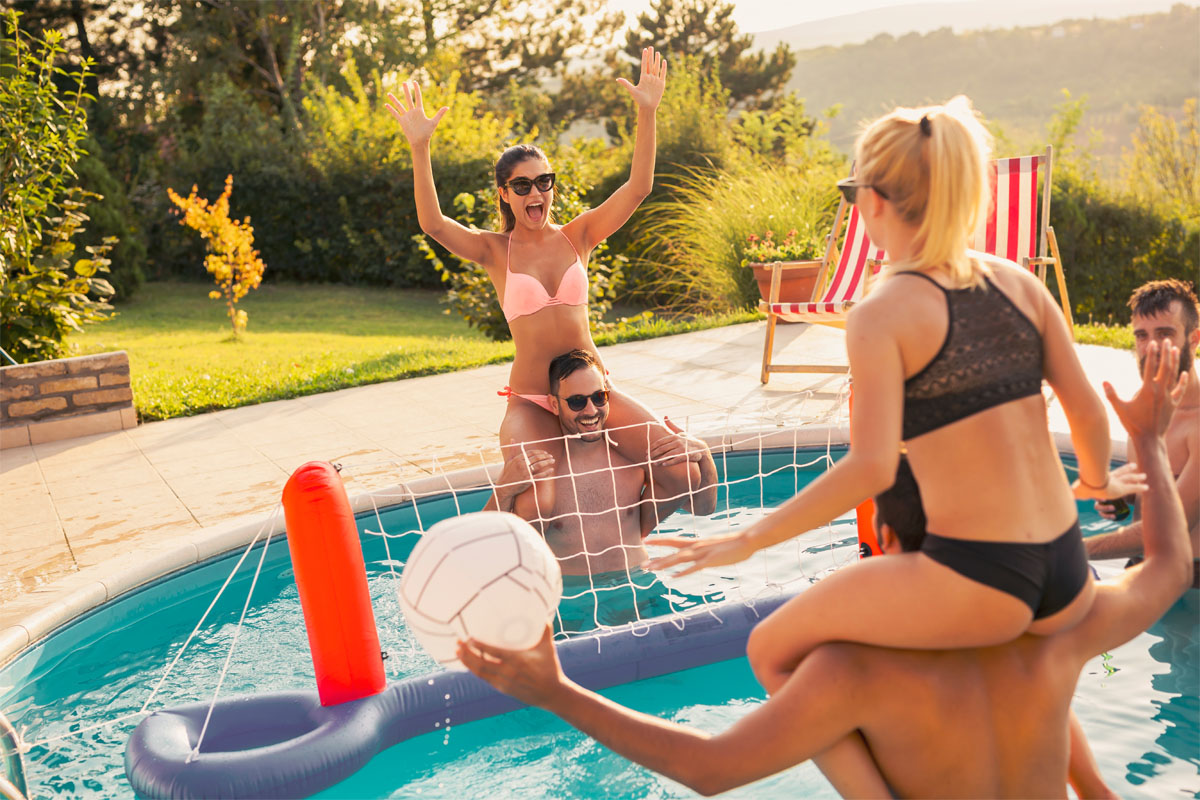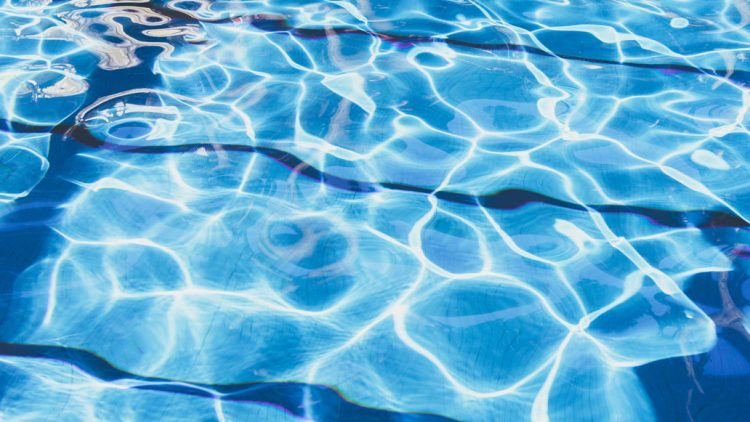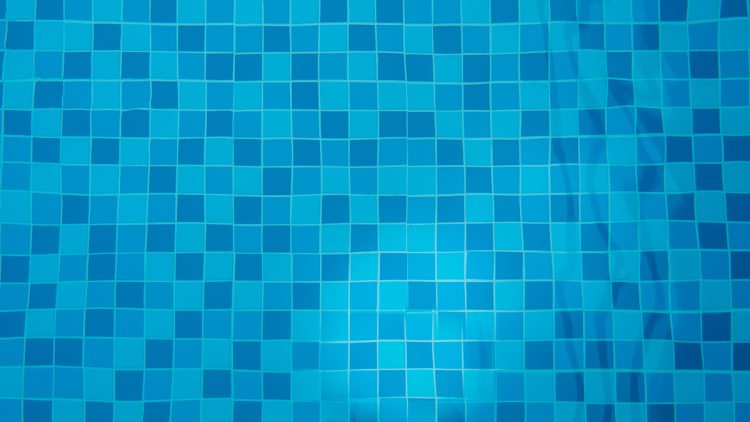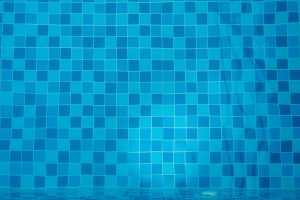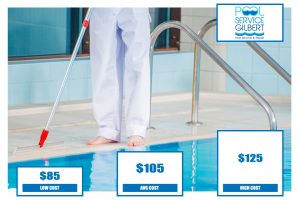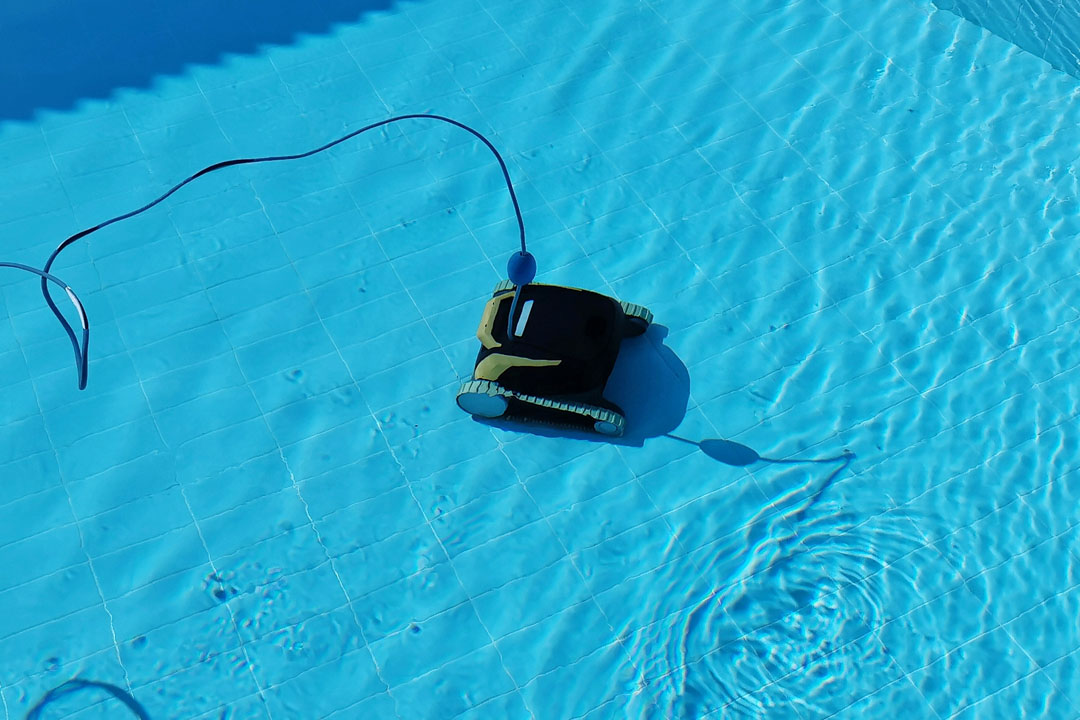Maintaining A Swimming Pool in Arizona Winters
Maintaining a swimming pool during the winter in Arizona involves less intensive care than during the summer, thanks to milder weather. However, it’s important to take certain steps to ensure your pool stays clean and damage-free:
1. Adjust Pool Maintenance Schedule
- Reduced Cleaning Frequency: Since pools see less use in the winter and debris is minimal, you can reduce cleaning to once a week.
- Skim and Brush: Remove leaves and debris regularly and brush the pool walls to prevent algae buildup.
2. Balance Water Chemistry
- Test Water Weekly: Ensure pH, alkalinity, and calcium hardness are within proper ranges to prevent scaling or corrosion.
- Monitor Chlorine Levels: Lower chlorine demand during winter means you can reduce usage slightly, but it’s still important to prevent algae.
- pH Range: 7.2–7.8.
- Chlorine: 1–3 ppm.
3. Adjust Pump Schedule
- Shorter Run Times: Reduce the pump runtime to 4–6 hours per day since the water circulates slower in cooler temperatures. This saves energy while maintaining circulation.
- Freeze Protection (if applicable): Ensure your system has freeze protection to prevent the pipes from freezing on unusually cold nights.
4. Use a Pool Cover
- Cover the Pool: A cover reduces evaporation, keeps debris out, and maintains heat. In Arizona’s milder winters, this can also save water and chemicals.
- Solar Covers: These can help retain heat for occasional use without requiring a heater.
5. Monitor Pool Equipment
- Inspect Filters and Pumps: Ensure all equipment is clean and functioning. Look for signs of wear or leaks.
- Winterize Water Features: If you have waterfalls or fountains, consider draining or turning them off if temperatures dip below freezing.
6. Lower Pool Heater Usage
- Heating Costs: If you’re not using the pool, turn off the heater to save on energy bills.
- Occasional Heating: If the pool is used during winter, maintain a comfortable water temperature of around 78°F to 82°F.
7. Check for Freezing Risks
- Unusual Freezing Events: While rare in Arizona, extremely cold nights can occur. Keep pumps running during these times to prevent pipes from freezing.
8. Shock the Pool Occasionally
- Apply a shock treatment every 4–6 weeks to maintain water clarity and prevent algae growth.
By staying consistent with these steps, you’ll ensure your pool stays in great shape and is ready for spring!
Pool Maintenance In Gilbert, AZ
Pool Service Gilbert is a family-owned and operated business that has been serving the valley since 2004. We offer reliable and affordable pool services, including repairs, equipment installations and more! Our service area includes Ahwatukee, Chandler, Gilbert, Mesa, Phoenix and Tempe, Arizona. Contact us right here for your upcoming pool service needs!
More Articles About Pool Care
- Pool Cleaning Service Near Me
- How to Clean a Green Pool Fast
- Pool Chemicals 101
- How To Acid Wash A Pool
- What Size Sand Filter Do I Need For My Above Ground Pool?
- Common Pool Problems
- How Much Does It Cost To Replace A Pool Pump?
- How To Remove Calcium From Pool Tile
- Pool Pump Repair Near Me – Gilbert, AZ

